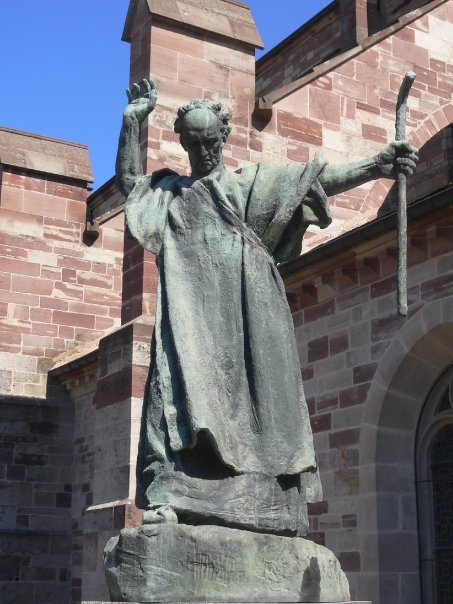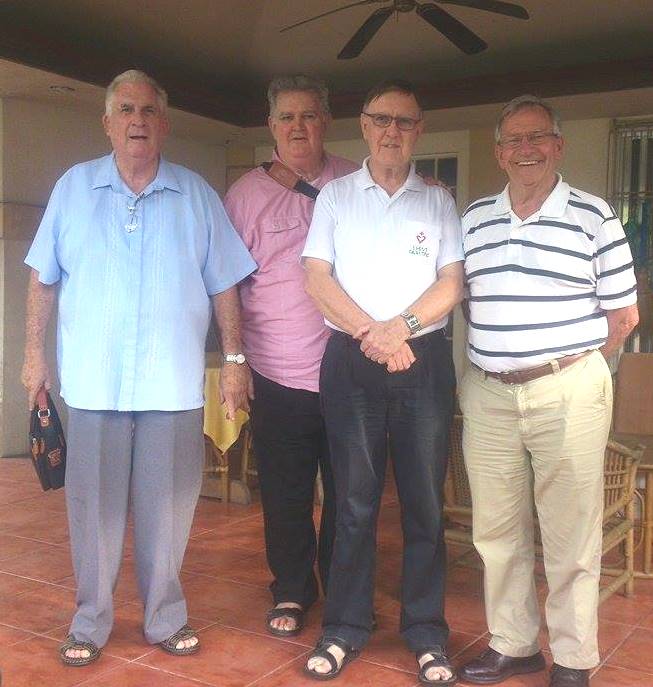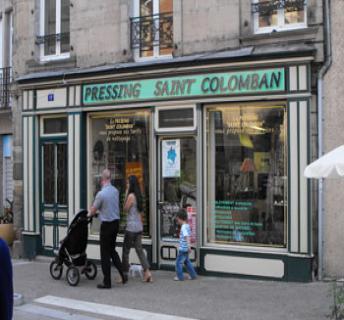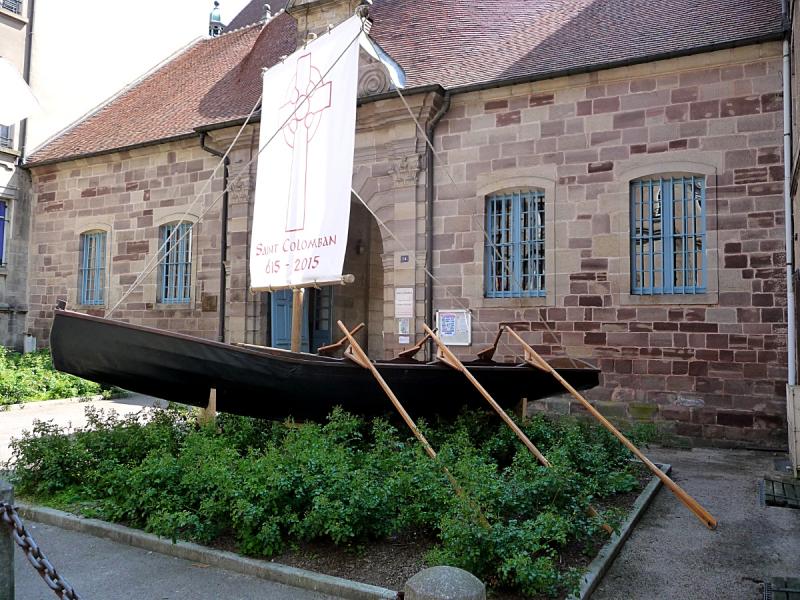St Columban, My Brother
Reflections of a pilgrim following in St Columban’s footsteps in 2008.
By Fr Ray Scanlon
|
A recent visitor to our editorial office in Bacolod City was Fr Raymond F. Scanlon, a Columban from Melbourne, who worked for many years in Korea. He is the current Vice-Director of the Region of Australia and New Zealand. We published this article five years ago but it is very appropriate for the 1,400th anniversary of the death of St Columban in Bobbio on 23 November 615.

Until I did the pilgrimage I did not know much about St Columban. To me he was a mythical figure of ages long ago. One who was not so human and who had extraordinary powers, superhuman ideals and expectations.
As we travelled in St Columban’s footsteps we heard a number of accounts of his life. I began to understand and admire him. He became alive and real rather than a distant historical figure.
At the beginning of the pilgrimage our leader Fr Derry Healy said, ‘We are a group of lay people, Sisters and priests hoping to be touched by the people, places and cultures where St Columban travelled, setting up schools and monastic communities at the end of the sixth and the beginning of the seventh centuries.’

Columban Fathers Brian Gore, Dominic Nolan, Sean Coyle and Ray Scanlon
Bacolod City, October 2015
The highlight of the pilgrimage was offering Mass with my classmate, Fr Brian Gore, on the occasion of the 40th anniversary of our ordination. We celebrated beside St Columban’s tomb in the crypt of the basilica in Bobbio, Italy. I had feelings of gratitude to God, to my family, Columbans, the people of Korea, the benefactors of our mission Society and to St Columban himself.
Through the pilgrimage I have come to know St Columban as someone I could pray to in a personal way.
Reverence for St Columban

I was surprised at the way the people of Europe: Germany, France, Austria, Switzerland and Italy remember and revere St Columban today. His name is everywhere - mountains, streets, towns, churches, orchestras and businesses. Even the dry cleaning shop and a lingerie boutique in Luxeuil near his former monastery are named after him. There are groups of people in these countries called Les Amis de Saint Colomban (Friends of St Columban) in Luxeuil, Baden-Baden (Germany), Olivone (Switzerland), Breganz (Austria), and in several towns in Italy, who keep his memory and his spirit alive.

A currach in Luxeuil
St Columban and his companions quite possibly traveled in such a boat, made from canvas and still used in the west of Ireland.
We travelled by bus and a few sections on foot. St Columban did most of his travelling by foot and during his life covered amazing distances. He also travelled by boat; his original journey was by sea from Ireland to mainland Europe, down the Loire River in present day France and later by the Rhine to Austria. He was 70 years of age when he walked across the Alps into Italy.
St Columban loved nature
We found that St Columban had a strong relationship with nature. He regularly walked up mountains to spend time in prayer and reflection there. Images show him with a sun on his breast and a dove on his shoulder. Scholars today still research the influence he may have had on St Francis of Assisi.
Young men flocked to receive an education from St Columban who was highly educated. The rule he wrote for his monasteries was notorious for its severity, particularly the acts of penitence imposed for infractions.
One of the valuable teachings that appealed to me is the link between love and respect for the Eucharist with the practice of love and respect for one’s brothers and sisters.
We are truly blessed to have St Columban as our patron, our model.
This article first appeared in The Far East, the magazine of the Columbans in Australia and New Zealand.
